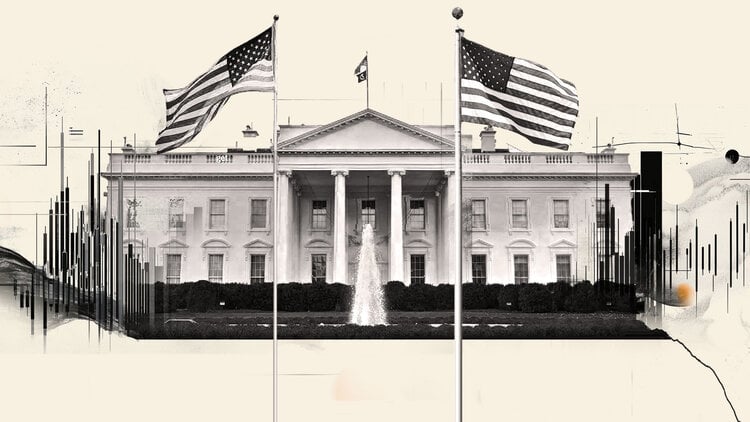- The GBP/USD remains stable after losing the level of 1,3600.
- The key labor data of the United Kingdom and the US inflation figures of the second quarter are on the agenda for the next few days.
- The GBP/USD still has a firmly bullish trend, but a short -term ceiling may have been set.
The GBP/USD remained stable within the recent consolidation on Monday, testing the waters about 1,3550. Cable operators are preparing for a rapid data coup in the United Kingdom and the US between Tuesday and Wednesday, and trade -related holders continue to weigh on the feeling of the market, further limiting the impulse while investors expect a cooling in the latest broad tariff tensions of US with China.
Commercial conversations are underway in London this week between the Trump administration and the Chinese government. Investors hope that the US and China are at a sufficient intermediate point to convince the Trump administration to stop having their own electors as economic hostages with high import taxes and technological commercial restrictions.
On Tuesday the data agenda will begin mid -week with an update of the work and profits of the United Kingdom. The average base income is expected to cool to 5.4% during the quarter that ended in April, while an increase in change in the number of applicants is also expected. The number of new unemployment benefits applicants to 9.5K in May is expected.
On the US side, the consumer price index (CPI) is expected to be published on Wednesday. The US inflation figures are expected to increase as the inflation data subsequent to tariffs are filtered in the second quarter data set, which could mean problems for investors who expect federal reserve features (Fed) this year. The general CPI inflation is expected to rise to 2.5% year -on -year in May.
GBP/USD price forecast
The GBP/USD has retreated from maximum of several years, but cable offers remain close to the surface. The pair remains stable in a short -term congestion north of 1,3500, and the PAR continues to have a firmly bullish trend with prices well above the 200 -day exponential mobile average (EMA) about 1,2960.
GBP/USD daily graphics

LIBRA ESTERLINA FAQS
The sterling pound (GBP) is the oldest currency in the world (886 AD) and the official currency of the United Kingdom. It is the fourth most commercialized currency exchange unit (FX) in the world, representing 12% of all transactions, with an average of $ 630 billion a day, according to data from 2022. Its key commercial peers are GBP/USD, which represents 11% of FX, GBP/JPY (3%) and EUR/GBP (2%). The sterling pound is issued by the Bank of England (BOE).
The most important factor that influences the value of sterling pound is the monetary policy decided by the Bank of England. The Bank of England bases its decisions itself has achieved its main objective of “price stability”: a constant inflation rate of around 2%. Its main tool to achieve this is the adjustment of interest rates. When inflation is too high, the Bank of England will try to control it by raising interest rates, which makes access to credit for people and companies more expensive. This is generally positive for sterling pound, since higher interest rates make the United Kingdom a more attractive place for global investors to invest their money. When inflation falls too much it is a sign that economic growth is slowing down. In this scenario, the Bank of England will consider lowering interest rates to reduce credit, so that companies will borrow more to invest in projects that generate growth.
Published data measure the health of the economy and can affect the value of sterling pound. Indicators such as GDP, manufacturing and services PMI and employment can influence the direction of the sterling pound.
Another important fact that is published and affects the pound sterling is the commercial balance. This indicator measures the difference between what a country earns with its exports and what you spend on imports during a given period. If a country produces highly demanded export products, its currency will benefit exclusively from the additional demand created by foreign buyers seeking to buy those goods. Therefore, a positive net trade balance strengthens a currency and vice versa in the case of a negative balance
Source: Fx Street
I am Joshua Winder, a senior-level journalist and editor at World Stock Market. I specialize in covering news related to the stock market and economic trends. With more than 8 years of experience in this field, I have become an expert in financial reporting.





